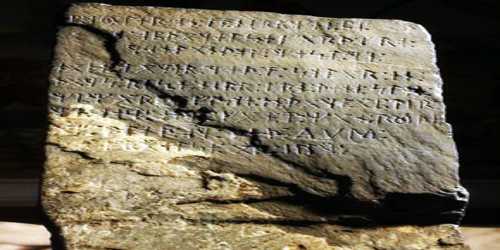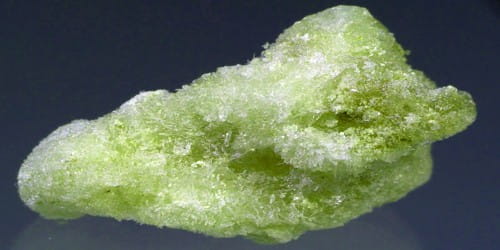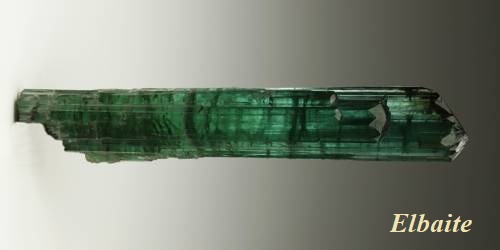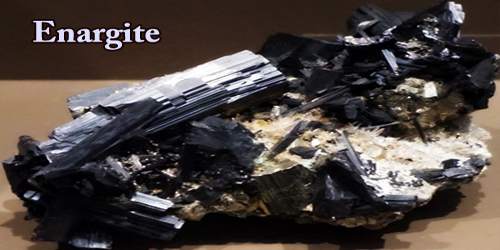The Kensington Runestone is a 202-pound (92 kg) slab of greywacke covered in runes on its face and side. It has been the subject of discussion and controversy since its discovery in 1898 by a Swedish farmer, named “Olof Ohman”, while clearing land for his farm near Kensington, Minnesota (45* 48′ 46.17″N – 95* 40′ 01.53″). Due to inherent skepticism, and the fact that Olof was himself Swedish, many people thought the stone was a forgery.
Several scholars have claimed the stone is a hoax and there were also many scientists who insisted the runestone it genuine. The inscription on the stone describes the arrival of Norwegian Vikings in America in 1362.
No one claimed to be able to translate fully the Kensington Runestone until 1907 when a University of Wisconsin graduate with a history major named “Hjalmar R. Holand” came up with the following translation. “8 Goths and 22 Norwegians on exploration journey from Vinland over the west. We camp by two skerries one day journey from this stone. We were and fished one day. After we came home, 10 men red with blood and tortured. Hail Virgin Mary. Save from evil. Have 10 men by the sea to look after our ship, 14-day journey from this island year 1362.” Five members of the Minnesota Historical Society investigated the stone for 1.5 years and concluded that it was authentic.
The farmer (Swedish immigrant) Olof Ohman said that he found the stone late in 1898 while clearing land he had recently acquired of trees and stumps before plowing. The stone was said to be near the crest of a small knoll rising above the wetlands, lying face down and tangled in the root system of a stunted poplar tree, estimated to be from less than 10 to about 40 years old. The artifact is about 30 × 16 × 6 inches (76 × 41 × 15 cm) in size and weighs 202 pounds (92 kg). Ohman’s ten-year-old son, Edward Ohman, noticed some markings, and the farmer later said he thought they had found an “Indian almanac.”
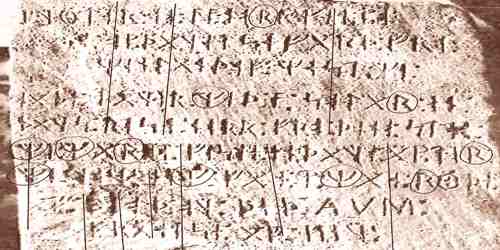
(Runestone Front)
Upon submitting the runestone to a handwriting analysis it was determined that the writing had been done by two different persons. The first five rows were done by one person and the last four rows, and side were done by a second person. The first tip-off is the slant of the work. If you will check the slant in the pictures above you will notice a distinct difference from one person writing to the other. Another tip-off is the way the letters are formed. For example; the first person brings the right leg of his “R” all the way down to the baseline, the second person stops short of the baseline. As is common when someone is attempting to copy another person’s writing, the first half of the sixth line is similar to the first five lines. But as is always the case, the copier gets tired of trying to copy the other person’s style and towards the end of the first line and thereafter he reverts back to his own style.
It is believed that the second person writing was added to more clearly define the boundaries of the North American territory after an agreement to deed Mesoamerica to Spain. As is depicted in the Newport Tower solution, Central America was once part of a North America land claim.
Today, the National Museum of Natural History continues to receive public inquiries about the Stone and the Smithsonian’s current position. The Department of Anthropology answers these inquiries with a statement written in unambiguous terms saying that scholarly opinion has judged the Kensington Stone to be a nineteenth-century creation. According to Scott Wolter a geologist and researcher of the “Kensington Runestone” there are hidden secrets carved in this stone.
With an artifact/hoax like the “Kensington Runestone”, glaringly obvious evidence is not going to be found. People cannot date the markings on the stone. No one knows exactly where it was found. The runes have been interpreted a number of different ways. There just is not anything to prove it conclusively.
The Kensington Stone has been an intriguing and successful mystery. More than one hundred years after its finding, the inscription is still the subject of debate.
Information Source:
